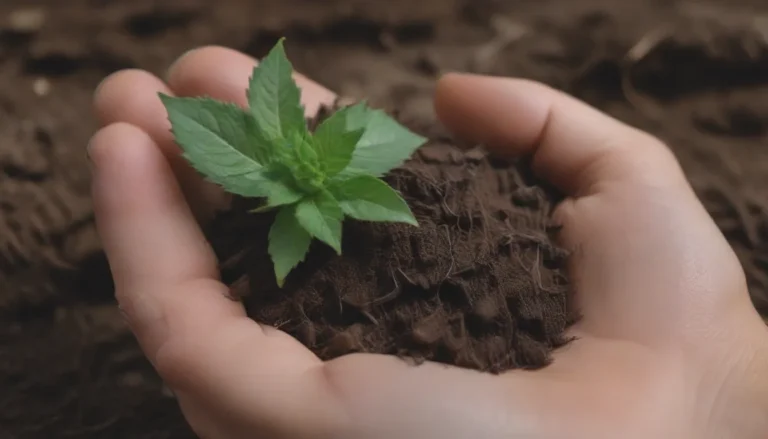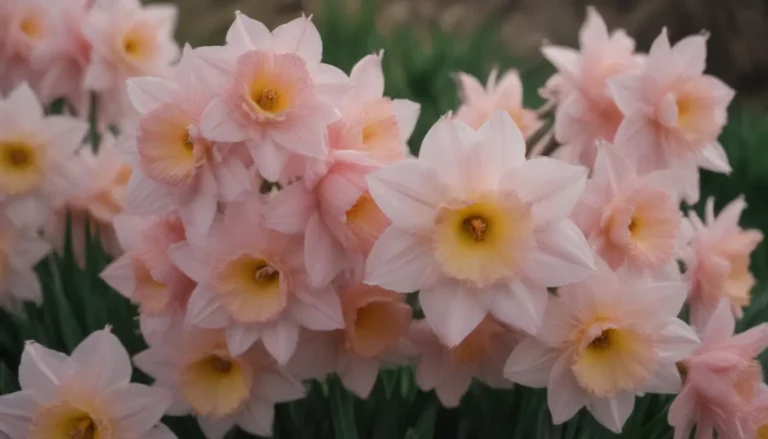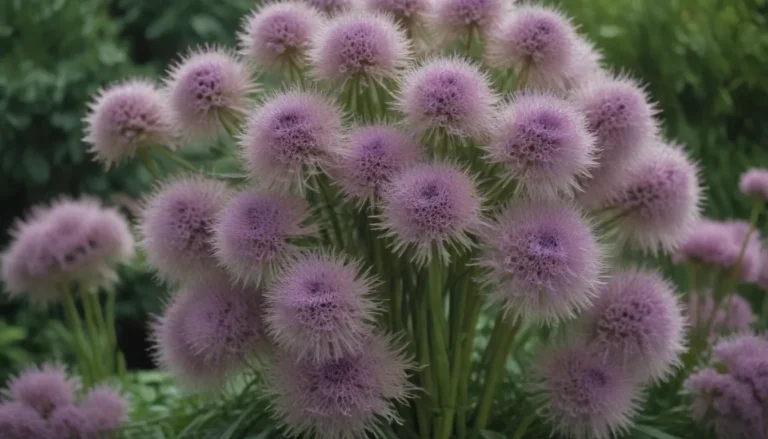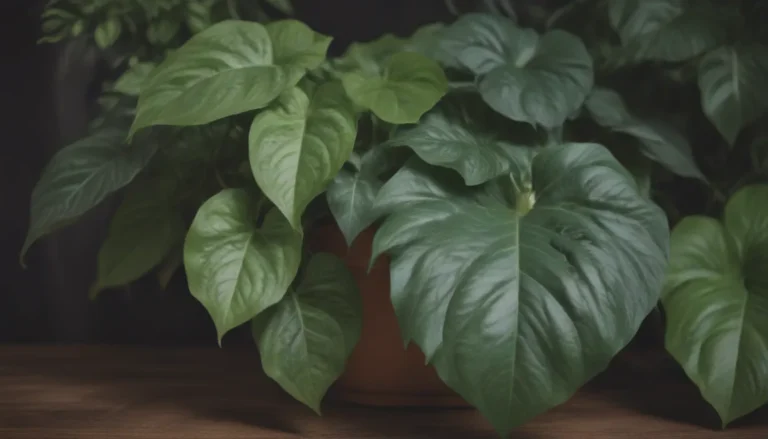Gardening Tools: Cultivator vs. Tiller: Which One Should You Choose for Your Garden?
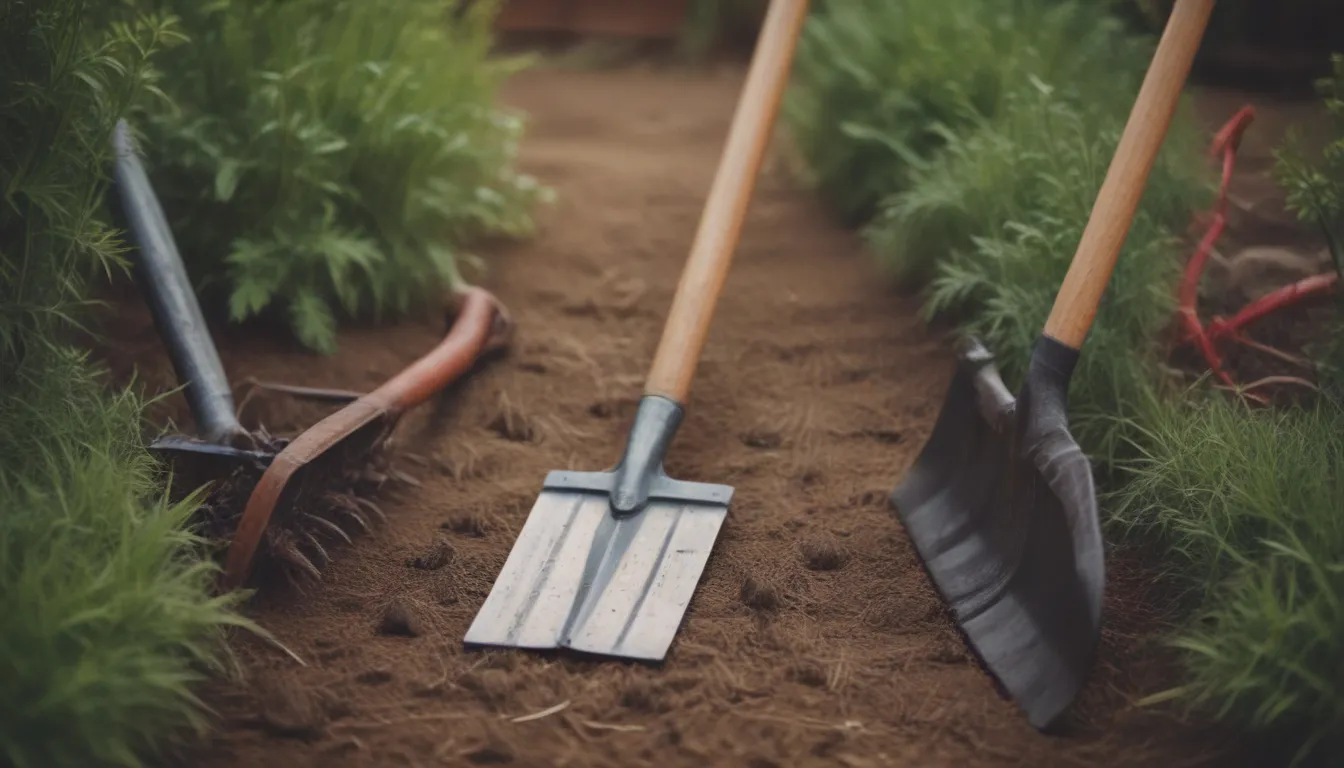
Gardening can be a rewarding hobby, but it can also be quite the workout. Having the right tools for the job can make all the difference when it comes to prepping your garden for planting. Two essential tools for garden preparation are tillers and cultivators. While these tools may seem similar, they serve different purposes and have unique features that cater to specific gardening needs.
Understanding Tillers
A tiller is a motorized garden tool specifically designed to loosen soil, making it easier to plant flowers, vegetables, and other plants. Tilling is a common practice in agriculture, as it helps break up clods of soil and allows for the incorporation of soil amendments to improve texture. While “no-till” farming is gaining popularity to prevent erosion in certain soil types, tilling remains essential for preparing garden beds in many areas.
Front End Tillers
Front end tillers, also known as front tine tillers, have blades positioned in front of the motor structure. These tillers are ideal for lighter duty jobs and are best suited for use in lighter soils. However, they may be more challenging to maneuver in heavy soils.
Rear End Tillers
In contrast, rear end tillers have tilling blades located behind the motor, providing more stability. These tillers are recommended for heavier soils and compacted grass, as they offer more power and control in challenging gardening conditions.
Exploring Cultivators
Similarly, a cultivator is a motorized tool that loosens the top layers of soil before planting. Cultivators are equipped with lighter blades compared to tillers, making them ideal for mixing in soil amendments and priming established garden beds for new plantings.
Cultivator vs. Tiller: Which Tool is Best for You?
When it comes to choosing between a cultivator and a tiller, several factors come into play. Here are some key differences to consider:
Cultivators
- Smaller and lighter in weight
- Ideal for preparing established garden beds
- Suitable for mixing soil amendments
- Easier to maneuver for smaller projects
- Able to reach corners more efficiently
- Convenient for storage due to compact size
Tillers
- Heavier and more powerful than cultivators
- Designed for heavy-duty gardening tasks
- Suitable for creating new planting areas
- Effective in digging through hard, compacted soil
- Recommended for preparing large garden areas
While cultivators are more versatile for smaller gardening projects, tillers are the go-to choice for demanding tasks like breaking up hard soil or digging trenches. It’s essential to assess your gardening needs and the scale of your project to determine which tool is the most suitable for you.
If you’re considering purchasing a tiller or cultivator, it’s worth exploring the various features available and selecting a model that aligns with your gardening requirements. Some options to consider include:
- Gas-powered tillers with varying degrees of power
- Electric, gas, and battery-powered cultivators
- Models with adjustable blades for width and depth
When investing in gardening tools, opt for reputable brands with positive consumer reviews and warranties for added peace of mind.
Renting vs. Buying
If you have a one-time gardening project or limited storage space, you may want to consider renting a tiller or cultivator from a local dealer or garden shop. Renting allows you to access the right tool for your needs without the commitment of purchasing equipment that may not be used frequently.
Whether you choose to buy or rent, matching the tool to the task is crucial for achieving successful garden preparation and planting.
Making the Right Choice
Ultimately, the decision between a cultivator and a tiller boils down to the scope of your gardening project and the type of soil you’re working with. Here are some general guidelines to help you make an informed choice:
- Use a cultivator if you have a small, well-established garden with loamy soil and no large rocks
- Opt for a tiller for heavy-duty tasks like breaking up compacted soil or creating new planting areas
- Consider renting a tiller or cultivator for one-time projects or occasional use
By selecting the right tool for your gardening needs, you can streamline the process of preparing your garden for planting and enjoy a bountiful harvest with less effort.
Conclusion
In the world of gardening tools, cultivators and tillers play vital roles in simplifying the process of prepping garden beds and ensuring optimal conditions for plant growth. By understanding the differences between these tools and their respective uses, you can make informed decisions when selecting the right tool for your gardening projects.
Whether you’re a seasoned gardener or a novice enthusiast, having the right tools at your disposal can elevate your gardening experience and help you achieve your planting goals with ease. So, whether you opt for a cultivator or a tiller, remember that the key to successful gardening lies in choosing the tool that best suits your needs and gardening style.
Happy gardening!


